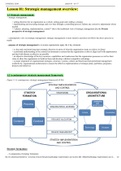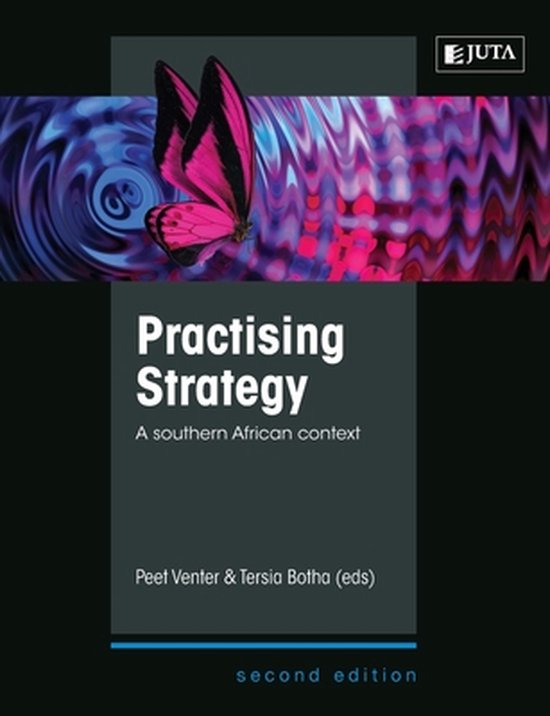Summary
Summary Practising Strategy - MNG3702 - Strategic Implementation And Control IIIB (MNG3702)
- Course
- Institution
- Book
Summaries of all prescribed material for MNG3702 based on the new textbook, Practicing Strategy Third Edition (Venter & Botha) ISBN: 2646 & 2653. Chapters 08 - 14 covered, including Figures and page references to the textbook.
[Show more]




